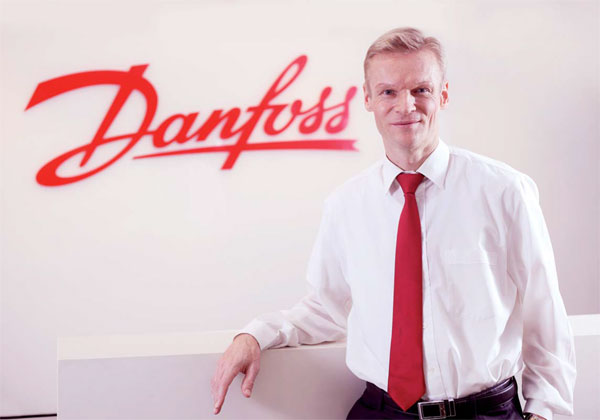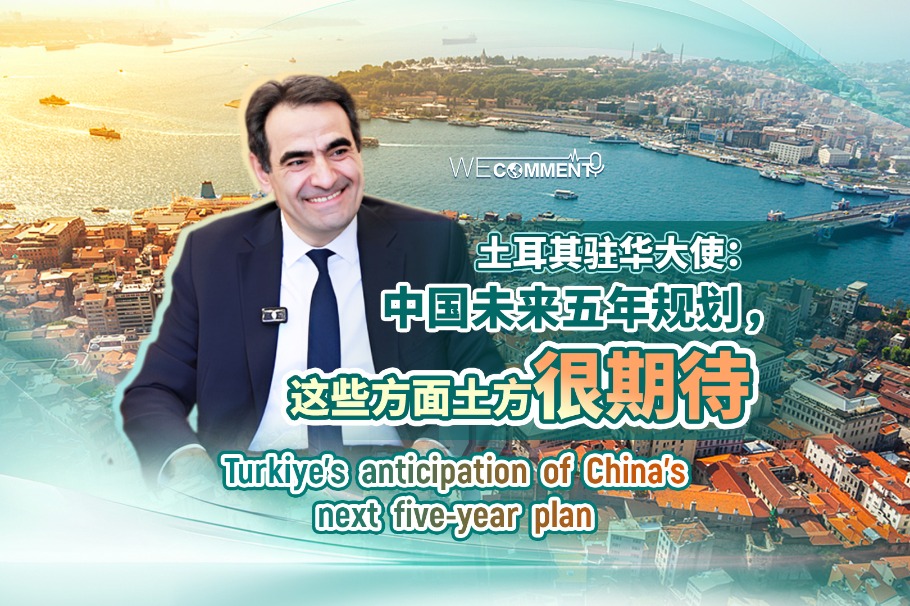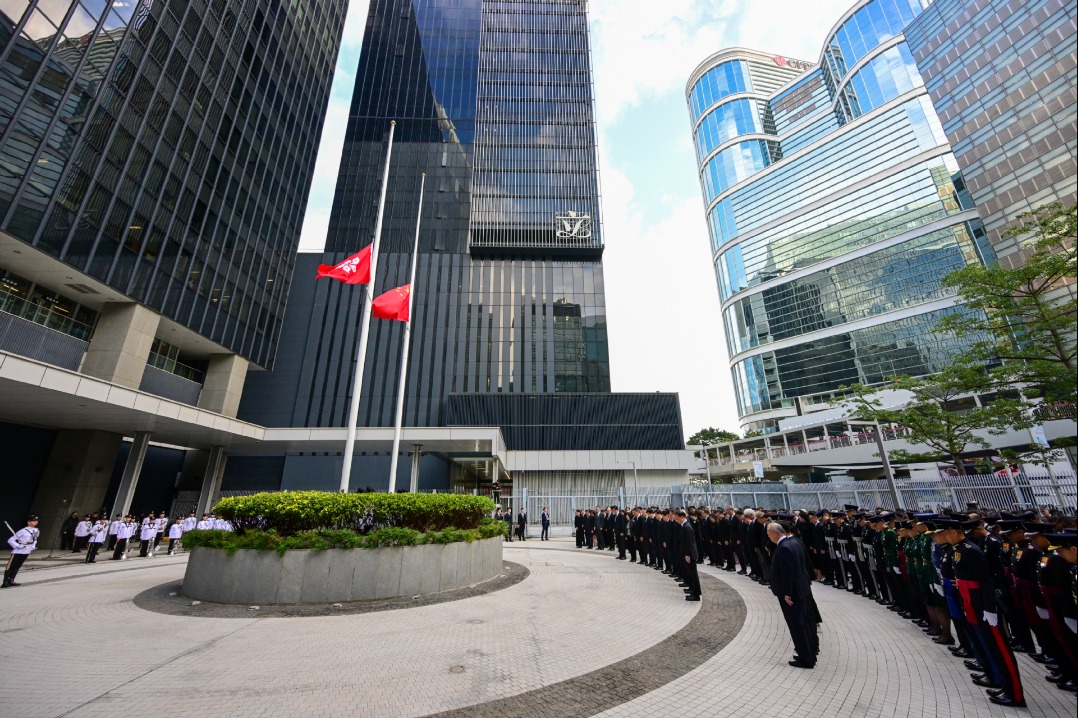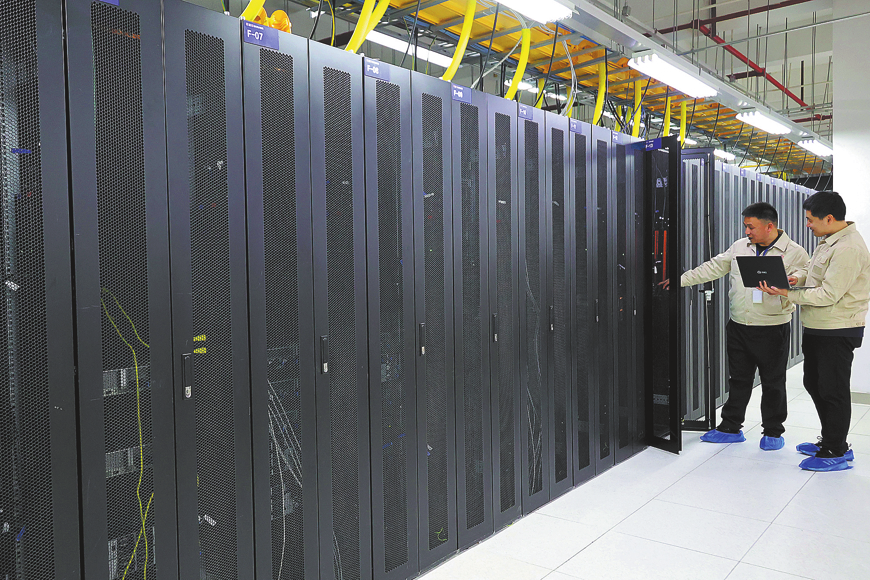From compressor supplier to smart energy multiplier

| Christian Overgaard, president of Danfoss China, says urbanization in China will bring big opportunities to his company. Provided to China Daily |
Danish company cashes in on China's renewed push for energy efficiency
The term "building a green economy" may come across as mere rhetoric, but for many companies the returns as a result of work in this field has anything but a hollow ring.
One of them is Danfoss of Denmark, which makes, among other things, energy control devices. Danfoss, which celebrated its 80th anniversary last year, now operates in 18 countries and has 56 factories. It has four major business lines: green building, cold chains, hot chains and district energy. It had revenue of about 33.6 billion Danish krone ($6.2 billion; 4.5 billion euros) worldwide last year and employed 23,000 people.
The company set up shop in China in 1996 and has invested 1 billion yuan ($161 million; 116 million euros) in the market. It has two industrial campuses, one in Wuqing, Tianjian, and another in Haiyan, Zhejiang province, and a standalone factory in Anshan, Liaoning province.
Danfoss has had a presence in Chinese since the 1950s when it supplied the compressors for the then popular refrigerator brand Snowflake.
As a business-to-business company, Danfoss's brand is not familiar to the public at large because it is hidden inside the cases of home appliances or in the plant and machinery of huge factories.
To illustrate one of Danfoss' practical applications, Christian Overgaard, president of Danfoss China, talks of home heating. During winter in one building some radiators may be so hot that windows needed to be open to let in cold air while elsewhere in the building it is so cold that people have to buy electrical heaters to keep warm.
"As a result of this uneven heating, 15 to 30 percent of energy is wasted," Overgaard says. "Actually, this can be easily addressed by adding a thermostat valve on the radiator. By adding such a small component that costs only five to six yuan every square meter, energy consumption can be cut by 15 to 30 percent."
Industrial research shows that in China energy consumption in buildings accounts for 30 percent of the total, of which 60 percent is used in heating.
A thermostat valve was invented by the founder of Danfoss, Mads Clausen, in 1943 and gradually became a key component in European countries, Overgaard says. It is used in the Empire State Building in New York, the Red Square in Moscow and the Great Hall of People in Beijing, he says.
Urbanization in China will bring big opportunities to Danfoss, he says.
"The urbanization rate in China last year was 54 percent, and sociologists predict it will reach 70 percent in a few decades. This means more people will live in a certain space, and we need to help them live comfortably and environmentally."
The Ministry of Housing and Urban-Rural Development says that with rapid urbanization China will add another 30 billion square meters of living and working space by 2020, which will put a huge strain on energy supply.
Last year China became Danfoss' third-largest market, after the US and Germany, contributing about 10 percent of its global revenue. "The BRICS' contribution has risen from 9 percent in 2003 to 2013's 22 percent, and China makes half of it," Overgaard says. "I think China will overtake the US and Germany in the next 10 years."
Cold chains, especially smart refrigerating systems, are another important area of growth for Danfoss China. Its customers are mainly refrigeration companies and supermarkets, including Wal-Mart, Carrefour, Air China catering center and a blood bank in Chongqing.
"The systems are designed to keep the products fresh, but usually it is a waste of money and energy as the system is designed for the worst scenario, which doesn't happen frequently in daily operation."
For example, some marine products should be kept at very low temperatures. To keep all products fresh, managers usually set all fridges to the lowest temperature.
"The electricity bill in a supermarket is usually very high," Overgaard says. "A large-scale supermarket can easily get a bill of 2 million yuan at the end of the year, which almost equals the annual profit."
By using a smart refrigerating system to adjust temperature automatically, electricity bills can be cut 10 percent, he says.
Danfoss is also closely working with local governments to optimize energy allocation. During then president Hu Jintao's state visit to Denmark in 2012, the two parties signed a series of agreements to cooperate on energy projects, of which the biggest is a contract between Danfoss and the government of Anshan, Liaoning province.
Under the agreement, Danfoss is to build a local heating network in Anshan costing $400 million. It replaced old boilers with larger ones and connected them to a local steel plant that has been constantly generating heat. The heat can meet the needs of 1 million people.
Previously the heat simply went waste but is now used as an inexpensive, efficient means of warming households, the company says. As the heat was traditionally generated by burning coal, this initiative can also cut carbon dioxide emissions by 240,000 tons a year.
Xinhua News Agency quoted Karsten Dybvad, CEO of the Confederation of Danish Industry, as saying: "I believe more sustainable growth in China can turn out to be an advantage to Danish companies because of the technologies and solutions we have developed in our effort to create a green economy."
Overgaard agrees. "Until five years ago, nobody knew about PM2.5 (particulate matter with a diameter of less than 2.5 micrograms), and people (in Beijing) got the index from the US embassy. But now the government releases the index every day. This means the government is open about it and wants to see what can be done to change this situation."
In 1996 when the company arrived in China, it called the country its "second home market" not because China was making a substantial part of its profit, but because it was an important manufacturing base for Danfoss.
Overgaard still calls China "the most important manufacturing center of Danfoss". "Of course times are different: the renminbi has appreciated, labor costs have risen and foreign companies now have fewer incentives, but China is still an optimal place for our manufacturing.
"In our industry, sub-components account for a big part of the final price, usually more than 50 percent; and we need a sourcing organization that is very strong and close to our manufacturing, which China has. And research and development will be faster when we are near manufacturing bases."
Many conventional manufacturers are talking about moving out of China, Overgaard says, which he understands, but "we need to think about the whole value chain. It's a hard time for classic manufacturing, but for energy-efficient industries China has many other benefits."
Contact the writers through wangchao@chinadaily.com.cn
(China Daily European Weekly 04/25/2014 page22)
Today's Top News
- Takaichi must stop rubbing salt in wounds, retract Taiwan remarks
- Millions vie for civil service jobs
- Chinese landmark trade corridor handles over 5m TEUs
- China holds first national civil service exam since raising eligibility age cap
- Xi's article on CPC self-reform to be published
- Xi stresses improving long-term mechanisms for cyberspace governance































